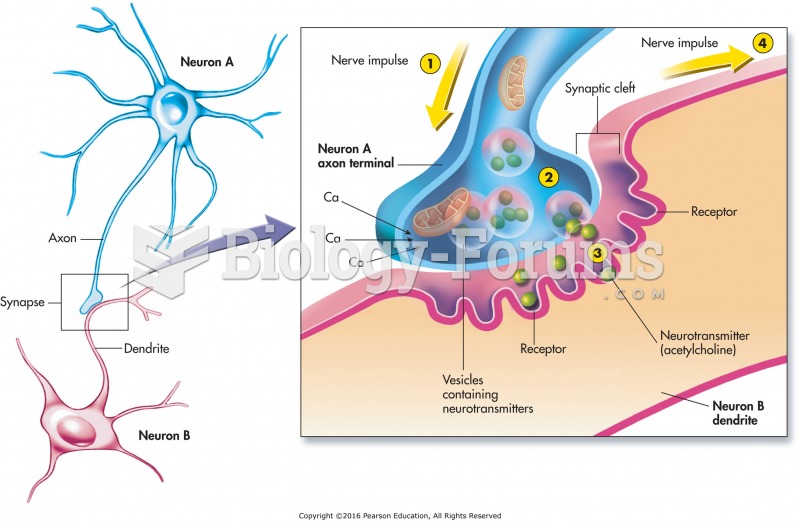This topic contains a solution. Click here to go to the answer
|
|
|
Did you know?
The toxic levels for lithium carbonate are close to the therapeutic levels. Signs of toxicity include fine hand tremor, polyuria, mild thirst, nausea, general discomfort, diarrhea, vomiting, drowsiness, muscular weakness, lack of coordination, ataxia, giddiness, tinnitus, and blurred vision.
Did you know?
Adult head lice are gray, about ? inch long, and often have a tiny dot on their backs. A female can lay between 50 and 150 eggs within the several weeks that she is alive. They feed on human blood.
Did you know?
More than 4.4billion prescriptions were dispensed within the United States in 2016.
Did you know?
On average, the stomach produces 2 L of hydrochloric acid per day.
Did you know?
The longest a person has survived after a heart transplant is 24 years.







